Called ‘Himachal’s Best Kept Secret’, Tirthan Valley perched at an altitude of 1600 metres above sea level is the perfect getaway destination blessed with a wealth of nature’s treasures. It is the perfect placed to be if you are tired from the hustle & bustle of the everyday metro life full of noise and pollution. Named after the pristine Tirthan river, the valley offers opens the doors to the newly recognized UNESCO World Heritage Site – The Great Himalayan National Park (GHNP), spread over an area of 1100 sq km. It is a paradise for trekkers, offering one of the finest trekking opportunities in the world. Not to forget for bird lovers as well who spend days camping in the heart of this park. For not only an escape from the overcrowded city life, but also an escape from the more-crowded Himachali getaways, it doesn’t get much better than Tirthan.

It was an early morning start from my location and within forty odd minutes of riding Shwet Agni, I was at the doors of the Great Himalayan National Park. The Great Himalayan National Park (GHNP) was created to protect, sustain and propagate wildlife, under the Wildlife Protection Act, 1972. It took 20 years, from inception to inauguration, for the park to be realised as part of the Indian protected area network. GHNP was awarded UNESCO World Heritage Site status in 2014, in recognition of its outstanding significance for biodiversity conservation. The park protects over 1,000 plant species, including many medicinal herbs, 31 mammal species and 209 bird species, as well as amphibians, reptiles and insects. Four of GHNP’s mammal species and three of its bird species are globally threatened, including the musk deer and the western horned tragopan. Great Himalayan National Park is spread across four valleys, namly Tirthan Valley, Sainj Valley, Parvati Valley and Jiwa Nal Valley; each of which offers wide variety of endemic and exotic flora and fauna.
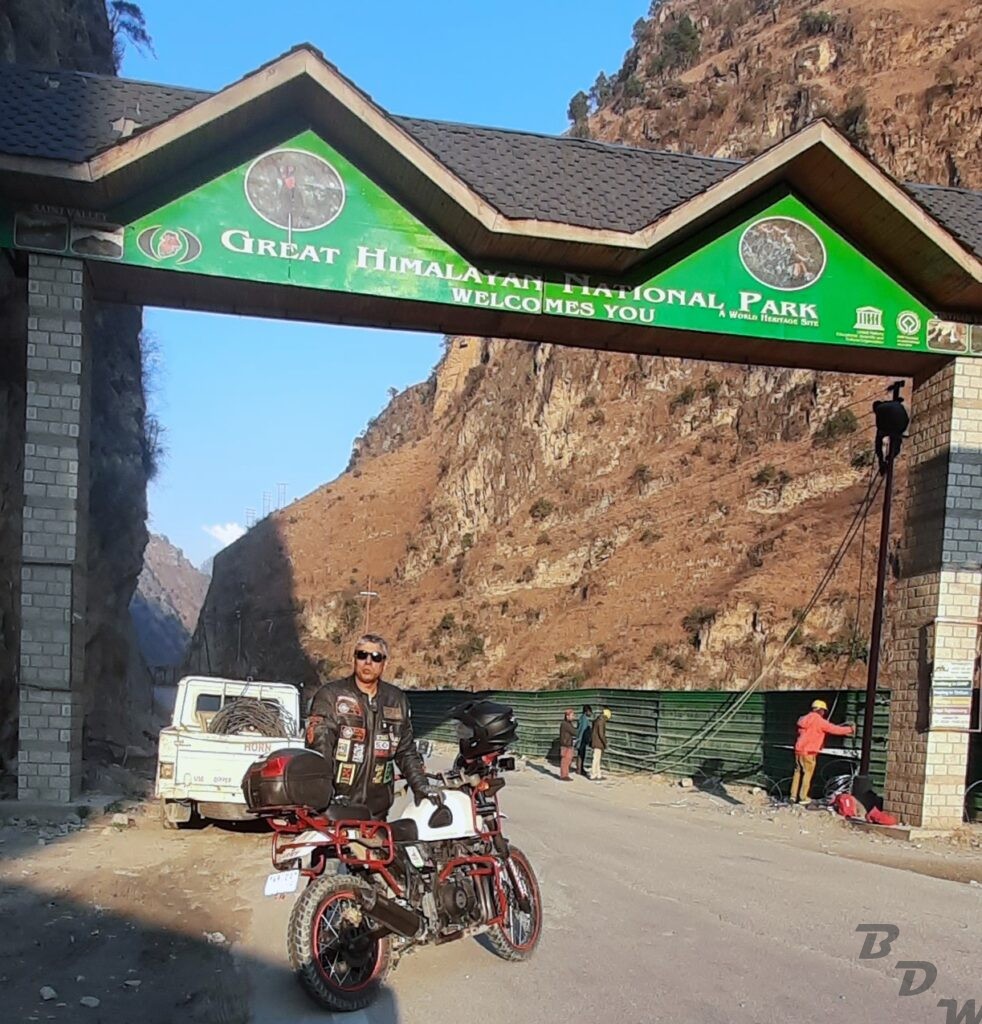
From the trijunction ahead of the Aut Tunnel at around a distance of 5 km, the different valleys spread out and one is welcome at the gates of my destination for the day, the Tirthan Valley.
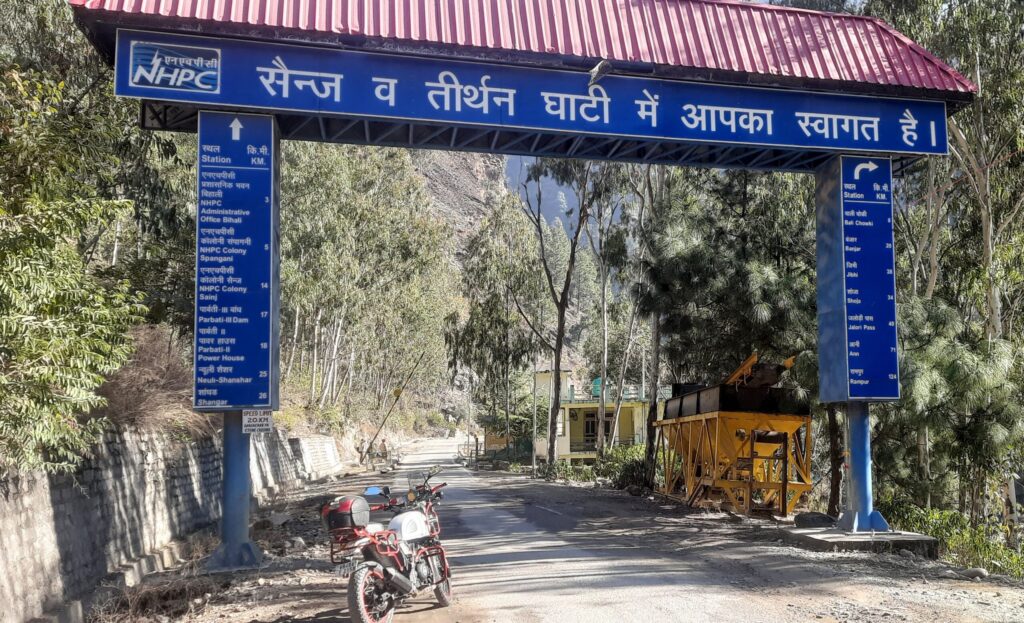
As I push forward through the not so speakable roads, the quaint village of Larji looms large, which is the junction of the Tirthan and the Beas river. The road to Sainj and Neuli bifurcates from Larji, just before Banjar. Larji Dam is close to Larji village and is the first place of note after the road diverges from Aut. The beauty of Sainj Valley has been tarnished a bit due to the hydroelectric power project that has been built over Sainj river.

The valley derives its name from the Tirthan River which gracefully flows through the valley itself. Due to all this, Tirthan Valley comes across as a paradise for nature lovers. The Great Himalayan National Park located in this region only adds up to the charm of biodiversity of flora and fauna here. There are even a few villages situated nearby which you can consider traveling to and interacting with the locals to have an unforgettable travel experience of a lifetime.

Very soon, the dreamy surreal town of Jibhi appears in the horizon. Often referred to as a mesmerising “hamlet” situated amidst the lush green forests and surrounded by variegated mountains, Jibhi is located in the Tirthan Valley of Himachal Pradesh. The dense pine forests, tranquil freshwater lakes and pristine temples make this place worth visiting. You will be spellbound after visiting this place and would not want to leave it. The cosy Victorian-style cottages in which you can stay are an added bonus that makes you feel as if you are living in the Victorian Period. Enjoy a cup of chai while listening to the sweet chirpings of the birds in the lap of nature.
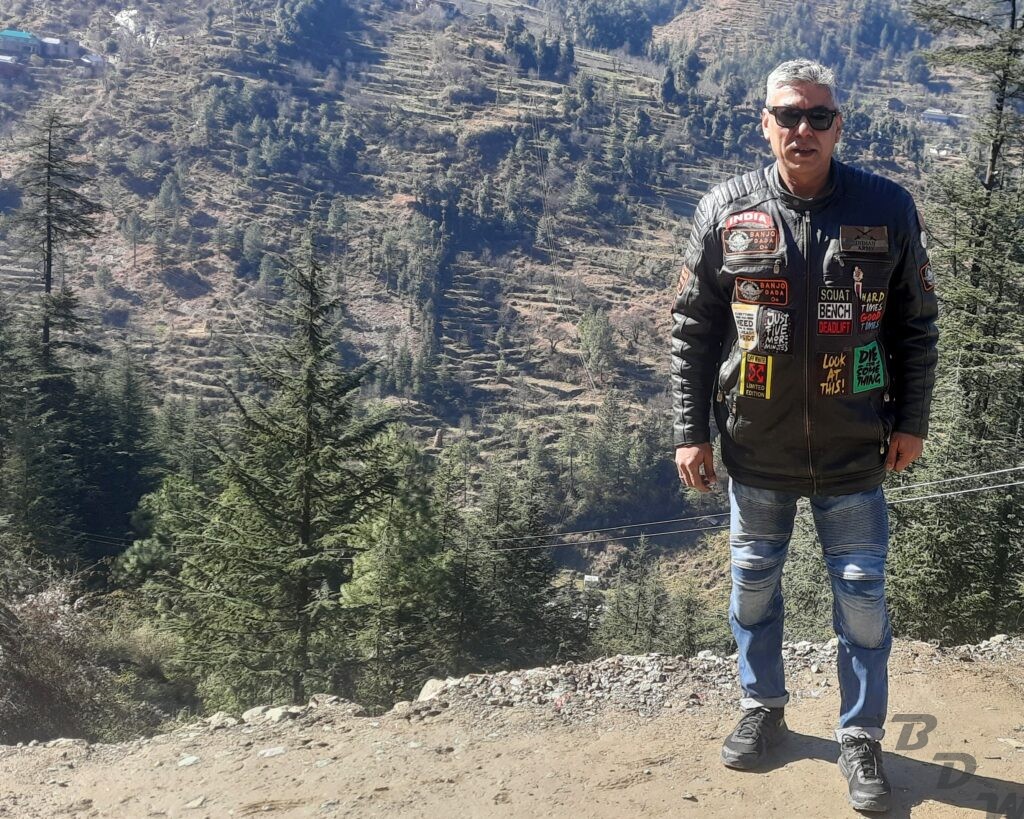
I decide to ride ahead and touch the base of Jalori Pass as much as I could, despite the heavy ongoing snow. Nestled in the peaks of northern Himalayas lies the Jalori mountain pass, located between the districts of Kullu and Shimla. Perhaps one would recognise it better as the snow-covered summit in the Bollywood film “Yeh Jawaani Hai Deewani”, where actors Ranbir Kapoor and Deepika Padukone are seen trekking through the mountainside.
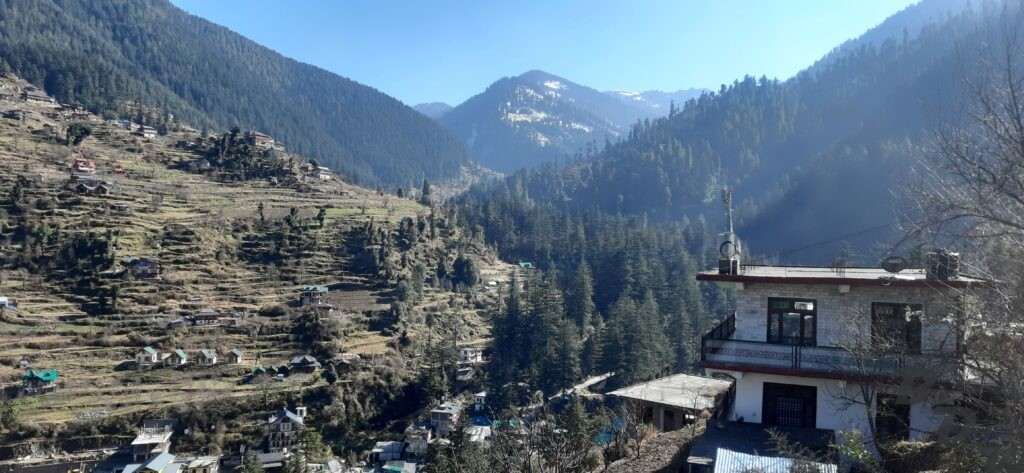
The pass opens in the second week of March and shuts down in December due to snowfall. Situated at a height of 10,800 feet above sea level, Jalori Pass is located at a distance of 5 kilometres from Shoja. The leading road is narrow and extremely steep, not to mention uneven and full of potholes, making it a bumpy ride and sometimes it becomes difficult to drive the car even in first gear. Vehicles are prone to slipping due to frost during the winter, even after machines have swept away the snow.

I was finally stranded at Shoja wherefrom I could climb no further on my Motorcycle. The village of Shoja itself can be covered within 20-30 mins, with a short walk around the place exploring its people and culture. Shoja is also part of the Great Himalayan National Park, which consists of large conifer and oak forests, rivers and glaciers – a taste of which is offered at Jalori. Several day treks, including the ones to Serolsar Lake, Budhi Nagin Temple, and Raghunathpur Fort originate in this tiny hamlet, making it the ultimate starting point for an off-the-beaten-track holiday.
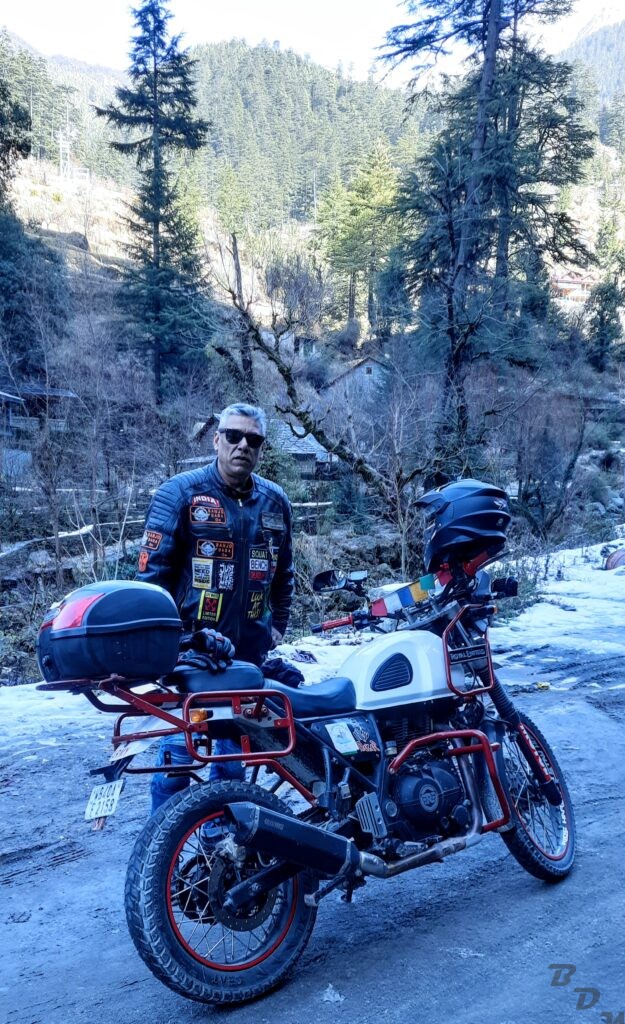
Mountain getaways are always alluring, and offering me a refreshing change. While I can swear by my undying love for the Himalayas, I cannot also ignore how much we long for those quaint hideouts, sans any crowd. One such place that fits this criteria is this entire stretch, which is dotted with secret waterfalls, cosy homestays, dense pine forests, and everything that we can dream of. Tirthan, I shall return.
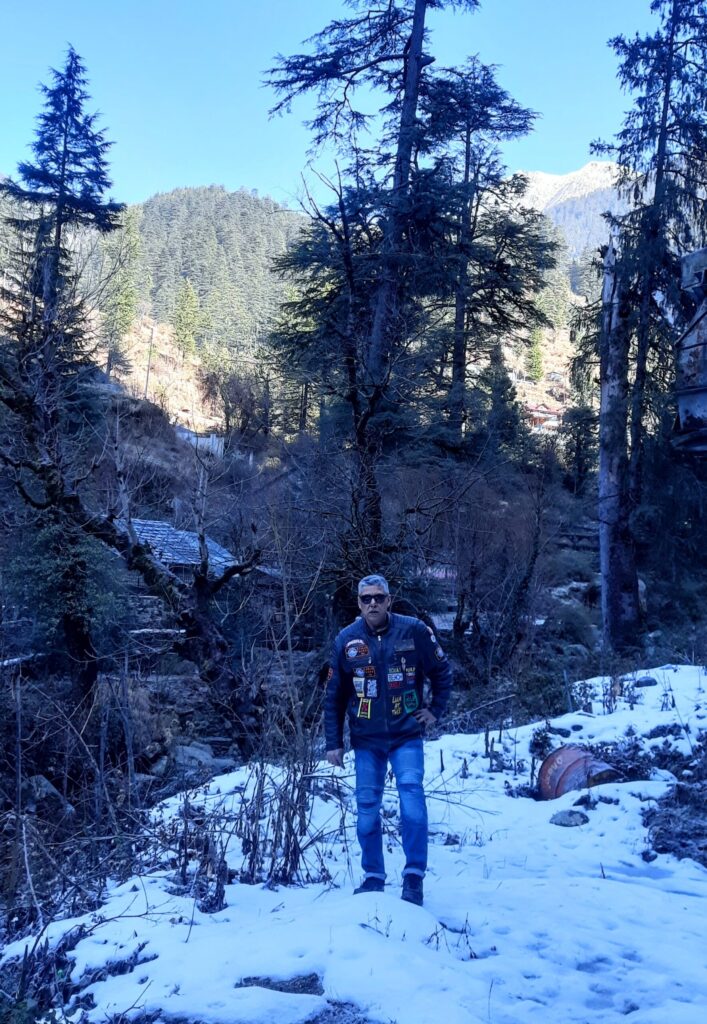




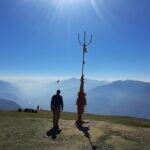
No Comment! Be the first one.